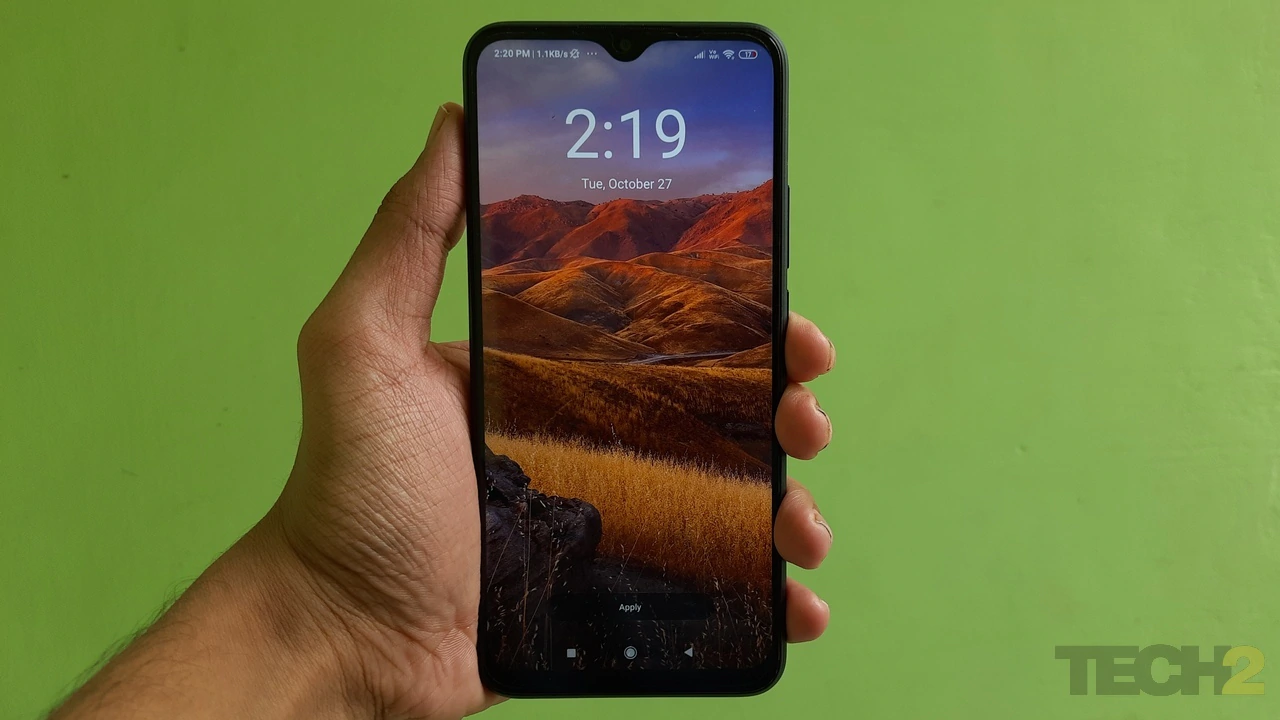FP ExplainersApr 20, 2022 18:47:18 IST
Japan is the world’s most tech-savvy country. It should come as no surprise then that they now have electric chopsticks. Now the Japanese don’t have to worry about the salt in their food. That’ll be taken care of by the chopsticks.
In what researchers claim is the first of its kind invention, they’ve developed computerised chopsticks that artificially create salt. It’s part of the efforts to reduce sodium levels in Japan’s popular dishes.
How do electric chopsticks work?
The chopsticks are attached to a mini-compter that has to be worn around the wrist while eating. They enhance taste using electrical stimulation.
The device transmits sodium ions from food, through the chopsticks, to the mouth where they create a sense of saltiness, said Homei Miyashita, a professor at Meiji University in Tokyo, which collaborated with the food and drinks manufacturer Kirin to develop the gadget.
“As a result, the salty taste enhances 1.5 times,” he added.
Japan researchers develop electric chopsticks to enhance salty taste | Reuters https://t.co/PohQAct3rQ #technology #foodtech pic.twitter.com/Iqk3f4UOYO
— /Users/anthony (@AkdM_) April 19, 2022
Will the chopsticks have any takers?
The taste-enhancing chopsticks are relevant to Japan, where the traditional foods tend to be high in salt because of the use of ingredients such as miso and soy sauce. The average Japanese adult consumes about 10 grammes of salt per day, double the amount recommended by the World Health Organisation, reports CNN.
Excess sodium intake leads to an increased chance of high blood pressure, which is the biggest cause of strokes and heart attacks.
“To prevent these diseases, we need to reduce the amount of salt we take,” Kirin researcher Ai Sato told Reuters. “If we try to avoid taking less salt in a conventional way, we would need to endure the pain of cutting our favourite food from our diet, or endure eating bland food.”
Are they available for use?
Not yet. Meiji University team has created a prototype so far which they are looking to refine. The chopsticks will be made available to consumers by next year, they said.
How safe is the device?
The chopsticks use “very weak electricity – not enough to affect the human body – to adjust the function of ions such as sodium chloride and sodium glutamate to change the perception of taste by making food seem to taste stronger or weaker”, Kirin said in a statement.
Clinical tests on people who follow a low-sodium diet confirmed that the device enhances the salty taste of low-sodium food by about 1.5 times. Participants given reduced-salt miso soup spoke about improved “richness, sweetness and overall tastiness” of the dish, said Miyashita and Kirin, reports Guardian.
Are there more such inventions?
The chopsticks are not the only experiment with food and technology that Miyashita and his lab have explored. They have also developed a lickable TV screen that can imitate various food flavours. It is a big step towards creating a multi-sensory viewing experience.
Taste the TV: Japan invents lickable screen to imitate food flavours https://t.co/AaY8fg5i03
— The Guardian (@guardian) December 23, 2021
The device, called Taste the TV (TTTV), uses a carousel of 10 flavour canisters that spray in combination to create the taste of a particular food. The flavour sample then rolls on hygienic film over a flat TV screen for the viewer to try, reports Reuters.
Miyashita hopes to make a platform where tastes from around the world can be downloaded and enjoyed by users, much like music is now.
With inputs from agencies
Read all the Latest News, Trending News, Cricket News, Bollywood News,
India News and Entertainment News here. Follow us on Facebook, Twitter and Instagram.










